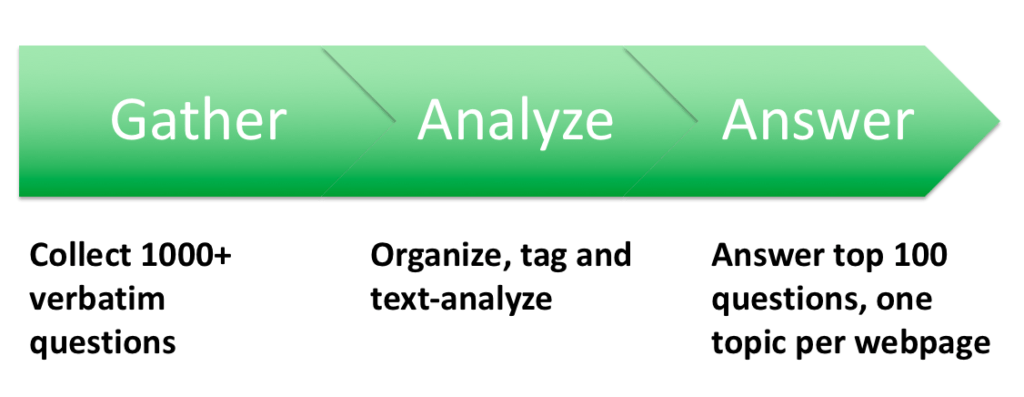
“How does content consumption vary by demographics?”
How to create content for different demographics
A marketer at SEIC asked the question, “How does content consumption vary by demographics?” It ranks among the Top 100 Questions on content marketing.
Today Heidi Cohen shares ideas on how to address content to specific demographic groups.

Cohen points out that different generations’ media habits are changing in the age of coronavirus – notably with more online and streaming videos, and more video games. This infographic shows changes in media consumption for Gen Z, Millennials, Gen X and Baby Boomers.
To address different demographics with relevant content, marketers need to:
- Know your audience.
- Consider 7 key factors.
- Understand what people want and don’t want from content.
Know your audience
How to start? “Start by defining and talking to your audience,” Cohen advises.
First, listen carefully to input from customer-facing employees – in sales, product and service.
Gather customers’ input directly from their emails, chat and video calls. Collect customer questions, text-analyze them, and you can figure out:
- Which questions are most important?
- Which topics are most salient?
- Where is a buyer in the buyers’ journey?
Here’s a 3-step process to convert customer questions into compelling content.

If you have the resources, conduct buyer persona research. Do telephone interviews with 10 to 12 buyers who recently made a decision to buy your brand, buy another brand or not buy.
Buyer persona research reveals:
- Where buyers find information?
- Which media buyers prefer?
- Who all is involved in the buying process?
- What obstacles buyers encountered and needed to overcome before they buy?
Consider 7 key factors to create content by demographics
Take 7 key factors into account when you match content to demographic targets, Cohen says. Learn what your buyers prefer in terms of:
- Content format (text, video, audio and/or presentation)
- Device used (computer, smartphone, tablet, and/or voice-first)
- Location where content is consumed (especially during the coronavirus crisis)
- How information is discovered
- When readers consume the information (time of day or week)
- Relative complexity of information
- Need for emotional attachment, which may imply a need for video or audio.
Another tip: research how to attract audience attention so you can tailor your content to meet your audience’s specific needs.
What people want from content
An Adobe study revealed how different generations have different expectations of content. Here are content characteristics ranked by importance:

Looking at the generations, Adobe found that specific preferences emerged:
- Baby Boomers prefer content that’s informative, accurate and simple.
- Millennials prefer content that’s entertaining and beautiful.
What people don’t want from content
In the same study, content users offered lots of advice about what to avoid in content marketing. In fact, 2 out of 3 buyers said they will not buy from a company whose content annoys them.
What annoys buyers most about content marketing?
Content that’s poorly written, irrelevant, poorly designed, not optimized by device, or too personalized to the point of being creepy. Here are the ugly details:

To create relevant content for specific demographic groups:
- Know your audience.
- Consider 7 key factors.
- Understand what people want and don’t want from content.

“How does content consumption vary by demographics?” is one of marketers’ Top 100 Questions about content marketing. Here are the answers.





